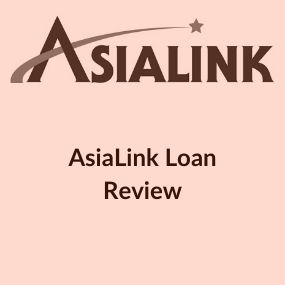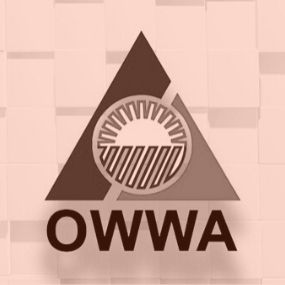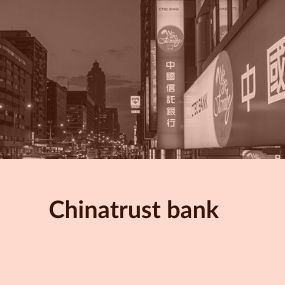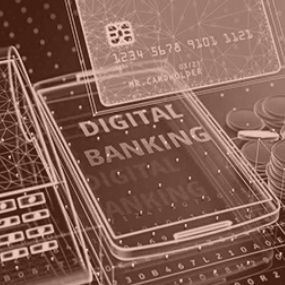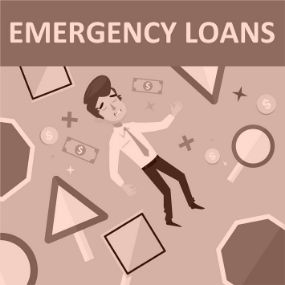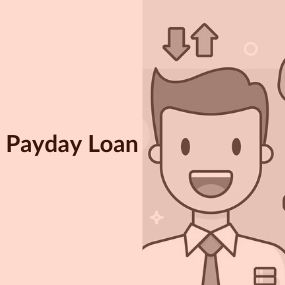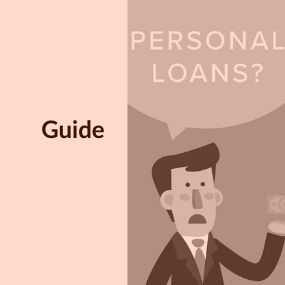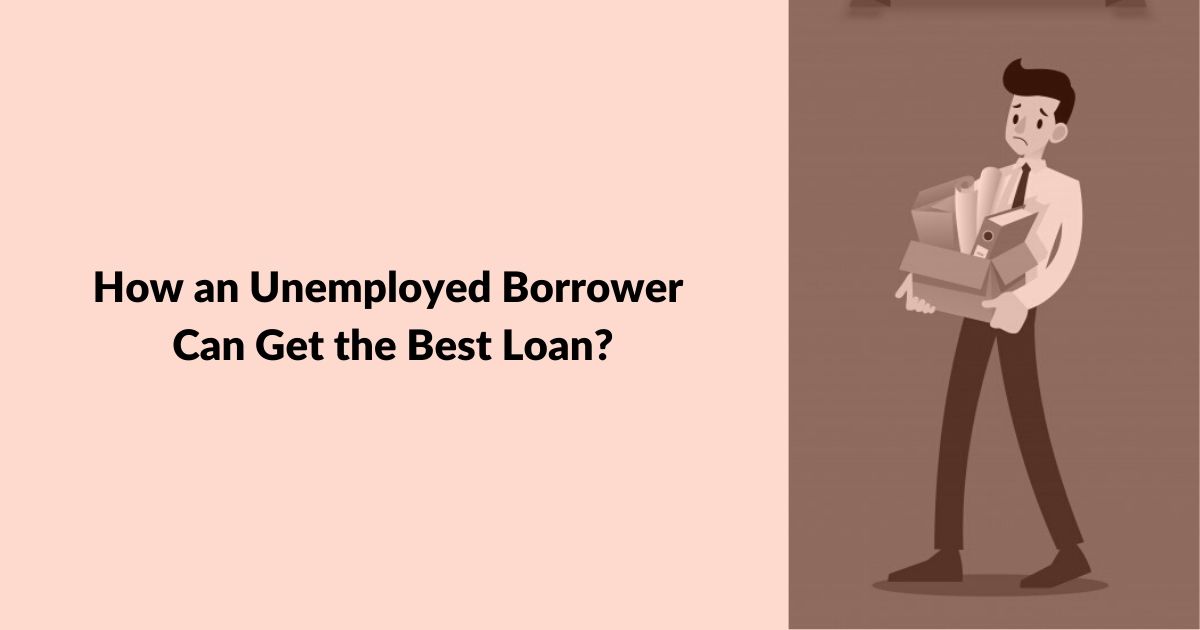
How an Unemployed Borrower Can Get the Best Loan?

In 2019, personal loan lenders from the Philippine Banking System reported P1.7 billion in the total value of all consumer loans. That’s the highest number for all years of monitoring. Thanks to easy loans that are now available online, more citizens can borrow the money without a long verification process.
Still, there are concerns related to loans for unemployed people. The majority of banks and private lenders list proof of employment or stable income as the main eligibility criteria. A lot of Filipino are afraid that they can’t apply for a loan. Further, we want to bust this myth.
While it may be more difficult to get free loans for unemployed, some lending groups offer this service. No job loans are real. Let’s talk about them in more detail.
Table of Contents How an Unemployed Borrower Can Get the Best Loan?
Basics of Loans
Here’s the simplest definition of a personal loan: the funds one borrows from a bank, a finance organization or a person for individual purposes instead of business ones.
Means, a borrower gets the financial support to pay for any personal needs. They vary greatly, from regular expenses on food or transport to large purchases or renovations to personal investments, and so on. This form of financing is highly popular around the globe and in the Philippines, especially.
Companies often don’t care about your exact goals. If a borrower meets the criteria, he/she will receive the money. However, there may be unique loan types such as car loans, house loans, educational loans, etc. Apart from them, you can use the amount as you wish.
For a bit more info on the concept of loans, check the next sections.
The Loan’s Life Cycle
In a nutshell, all loans, including loans for unemployed people with bad credit, work similarly. They feature several stages:
- Application. A client checks the requirements, prepares the needed documents, and fills out the form. This can be done either online or at the lender’s office.
- Pre-approval. The firm evaluates the app and may ask for extra info, e.g. more income proofs.
- Approval. When the lender accepts the application, it’s considered approved. Shortly after, the customer can receive the money.
- Money transfer. The loan amount may be paid to the client’s bank account, granted as cash or transferred to a third party like a car dealer or another creditor.
- Repayment. During this period, the borrower has to make regular payments as mentioned in rules.
- Closing. Once the full amount plus interest is returned, the loan is closed.
Surely, some things may change. Different lenders have different ways to deliver loans, list different requirements, and conditions. But each loan moves through the mentioned stages, usually. With this info, let’s move to the pros and cons.
Advantages
- Diverse conditions. Sums, terms, and interest vary significantly. You can easily find the most suitable offer for almost all purposes.
- Favorable requirements. Often, the lending firms are ready to provide personal loans for unemployed customers, ones with bad credit, and few proofs.
- No collateral. Nearly all offers are unsecured so they don’t require collateral. Means, there’s no need in providing a car or property as protection.
- Various purposes. While some loan types limit the usage of the money, others let you invest in anything. Just be sure to repay regularly.
Drawbacks
- Fixed repayments. Unlike cards, loans come with strict repayment calendar. You will have to return a certain amount per month.
- High interest. Some loans feature extremely high rates. Clients with poor starting conditions like low credit score get higher rates, usually.
- More fees and penalties. Lending firms often list different extra payments, including but not limited to origination fees, prepayment fees, etc.
- Potentially illegal lenders. Finally, you can fall victim to fraudulent or just criminal companies known as loan sharks. Always check the lender’s reputation.
Factors that Affect Your Application
As a rule, lenders want to get their money back. That’s why they are cautious about instant loans for unemployed. Even the largest banks don’t want to lose the funds so they run multiple checks of each borrower to ensure that he or she will be able to repay the full sum.
Simultaneously, loan sharks and microfinancing organizations base their revenue on the number of clients, not their reliability. That’s why they have less strict requirements.
The main requirements of traditional legal companies:
- Assets. Applicants with specific property owned like car or apartments have more chances to get approved. Even unsecured loans can be repaid with these assets.
- Citizenship. Often, Philippines-based companies provide loans to citizens or residents only. For this, you will need a valid ID or other identity proof.
- Credit score. Normally, the best offerings are available to customers with a high rating, from 650-700. But people with bad credit history also can find suitable offers.
- Other credits. It’s not common to provide the next loan while the previous one is still active. Small private firms and loan sharks don’t care about this point, though.
- Source of income. The most important thing. If you’re employed, just provide an official document with salary info. Otherwise… There are variants.
Okay, but how a regular person that doesn’t have a job can get a loan? Let’s try to answer and find the best way to get approved.
Obtaining the Loan without a Stable Job
It’s still possible to find a loan even if you don’t have a job. Banks need certain proofs that borrowers can return loans but they don’t care about the source of income, usually. The help of friends and parents, business revenue, benefits – regardless of the form, banks accept any stable source.
Take a look at alternative income options:
- Guarantor’s money. Any employed close person like a parent or a spouse can guarantee the loan. In case you can’t repay it, the guarantor will have to repay the sum. Banks are more likely to issue such loans.
- Child support or alimony. As long as this form of payments is regular and will continue all the loaning period, it qualifies as a source of income. All other steady monthly earnings from the family fall into this category.
- Freelance earnings. Traditionally, lenders consider freelancers as unemployed people because they don’t have regular proofs. But if you can show such a document that confirms payments, you will have more chances to get a loan.
- Social security benefits. Social Security System in the Philippines pays regular benefits to retired persons. They also act as a valid confirmation of income for older citizens. Still, not all lenders accept this proof.
Let’s also talk about offline and online loans for unemployed.
Who May Need these Loans?
The Philippine Statistics Authority reports that the share of unemployed persons was 5.2% in January 2019. Simultaneously, underemployed persons willing to get more working hours or even an extra job were responsible for 15.6%. In comparison with 2018, both numbers decrease.
For these categories, traditional banks have few options. However, modern instant loans for unemployed from online lenders are widely available. The exact list of people interested in these offers includes:
- Fired workers. People who’re still looking for a new job after dismissal.
- Graduates. Young professionals who start their careers.
- Housewives. And “househusbands” who look after the children.
- Pre-OFWs. Those who’re waiting for the approval from an abroad employer.
- Students. They still study but need some money to survive or pay for education.
How to Increase the Chance of Approval?
Yes, we approached the most important part of this guide. While there are numerous no credit check loans for unemployed customers, it’s still a good idea to understand how to improve your chances of being approved.
Hope, the next suggestions will help you. They don’t guarantee 100% approval but they help a lot. Overall, it’s better to follow the recommendations than ignore them. Without further ado, let’s move through the list.
1. Get the Required Documents
Be sure to prepare at least one of the following papers:
- Account statement.
- Bank statement.
- Info about owned assets.
- Info about the source of income.
- ITR.
- SSS proof.
Not only prepare the documents but study them carefully. Sometimes, lenders run interviews with applicants to ensure that all the proofs are legit. You want to know all the info ideally to answer the possible questions. Remember that banks can ask for extra documents.
2. Find a Guarantor
As we mentioned, a co-guarantor who can repay the loan in case of your bankruptcy increases the approval chances greatly. Of course, look for people you trust. They should have a good credit history, stable employment, and salary. They also will be asked to sign the contract together with you.
3. Think About Collateral
In case you can’t find a guarantor, try applying for a secured offer. For this, you will need a valuable asset that will ensure the sum. There are two forms:
- Secured payday loans. Use the branded ATM cards as collateral. Come as short-term offers with relatively high-interest rates.
- Secured bank loans. Use assets like vehicles or houses as collateral. Feature even long-term loans with different conditions.
Remember that the firm will be able to take your collateral if you fail to repay the loan. Thus, plan the payments carefully and stick to the schedule.
4. Consider Alternative Financing Options
If it’s still impossible to get a loan, what about other ways to cover the expenses?
For example, banks often issue cards that can be useful if you need to pay regularly. Cards are great as you have to return only the money you actually spent. Moreover, there are a lot of 0% offers.
Crowdfunding is another popular option. It helps people to get small money transfers from other people. Moreover, you don’t have to repay a penny! The catch is that people should invest in you so you need to be persuasive. Causes and Classy are popular platforms.
More alternatives to loans include insurance. Governmental and private companies in the Philippines offer protection from forced dismissal. The most popular option is unemployment insurance from SSS. It’s provided as cash benefits to SSS members.
Companies with Loans for Unemployed in the Philippines
The important takeaway from the guide is based on the idea that banks rarely approve loan applications from unemployed. Instead, microfinance companies issue such loans more often. Check the variants:
- Cash Mart – online OFW/seafarer allottee loans. Provides for financial support for people who don’t have a job but receive money from close ones regularly.
- Fast Cash – mobile personal loan apps. A great free mobile application to get loans for unemployed in a few minutes. The application review takes 12 to 24 hours.
- Loan Ranger – loans for the unemployed with bad credit. Another microfinancing team that has a pretty low upper limit – only P10,000. Still, they approve within 1 day.
Calculate Personal Loan Payments
In conclusion, let’s take a quick look at how the loan’s payments are calculated. It’s pretty simple to understand. Here are two examples based on real rates of the Philippine companies:
- P20,000 loan from Cash Mart with 8% overall interest for 4 weeks with weekly payments. In this case, you will have to return P5,400 each week ending up with P21,600 total repayment amount. 8% are equally split up between 4 weeks, 2% per week.
- P10,000 from Loan Ranger with 62% overall interest for 2 months with monthly payments. You will have to pay P16,200 in total, including P6,200 interest. Thus, each month, you will return the agreed sum plus P3,100 – 1% of interest per day.
Final Words
Even unemployed customers can get a loan. The catch is that you have to provide other guarantees like a co-guarantor or collateral. Otherwise, the final conditions will be much worse; with higher rates and shorter terms.
Alternatively, you can opt for non-loaning options. Fundraising, borrowing from friends, employment insurance – there are several viable options for people who need money but can’t provide proofs of regular income.

